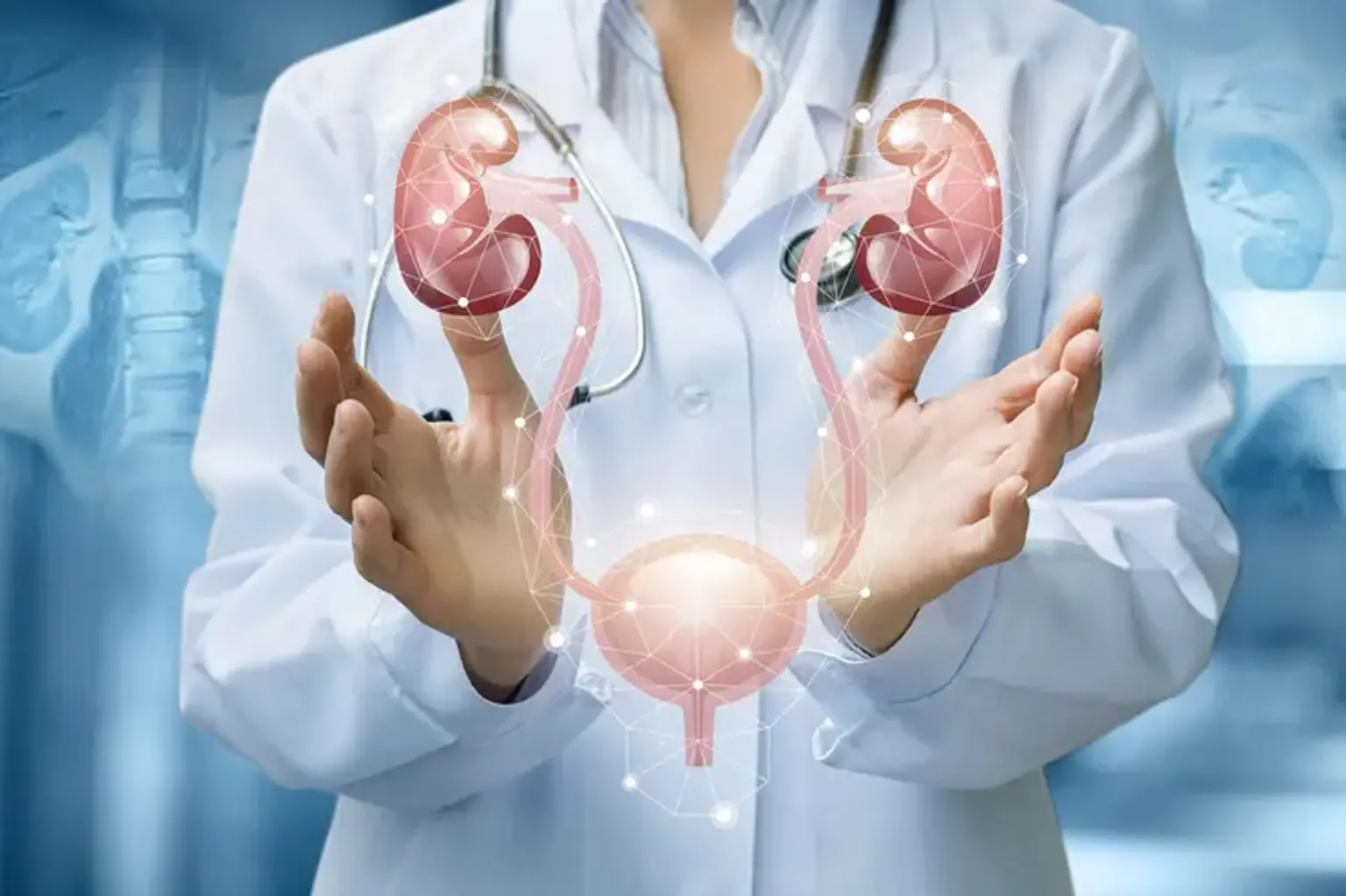Artificial bladder
Overview
Normally, the urinary system consists of two kidneys, two ureters, a urinary bladder, and a urethra:
- The kidneys filter your blood and excrete waste and water via urine.
- Urine passes from the kidney to the bladder via tubes known as ureters.
- Urine is held in the urinary bladder before passing through the urethra and out of the body when you urinate.
When the bladder is removed, urine must escape the body in a different route, through a urinary diversion. In all forms of urinary diversions, a section of the intestine is surgically transformed into either a route tube for urine to depart the body or a reservoir for urine storage (like a normal bladder). Regardless of the surgical procedure used, urine and feces are kept totally separate. (They are two distinct systems, the urinary and digestive, respectively).
